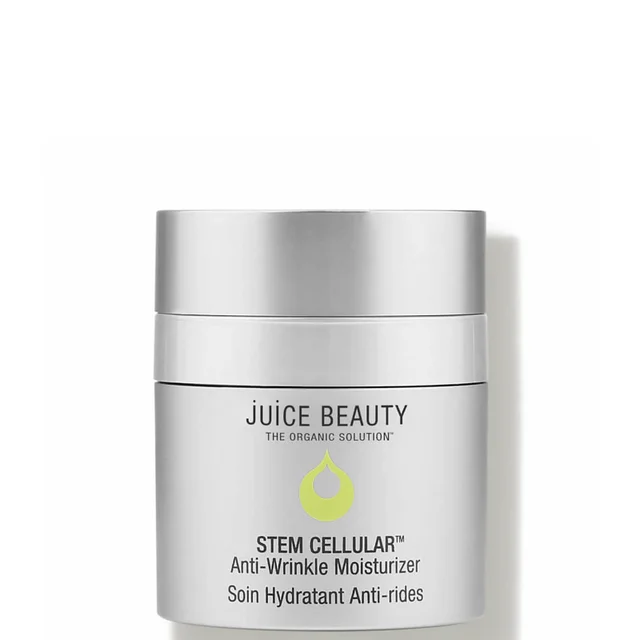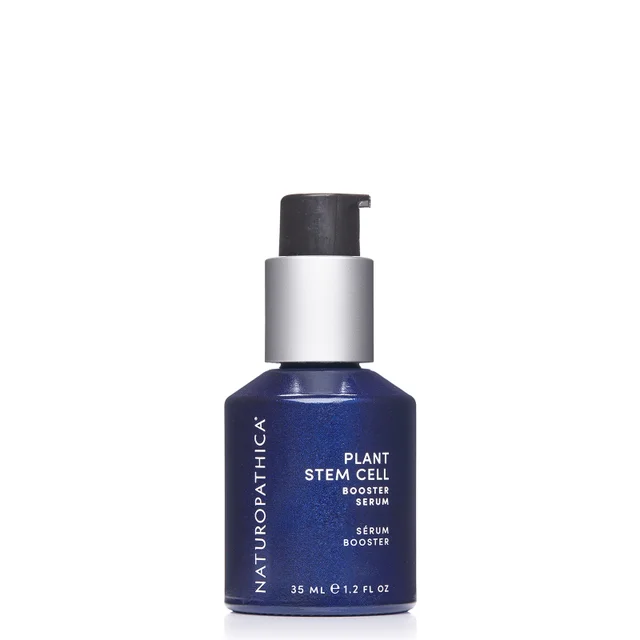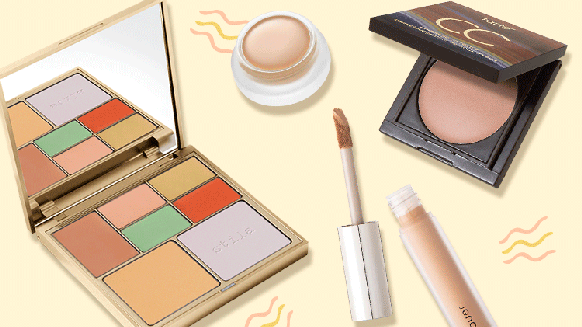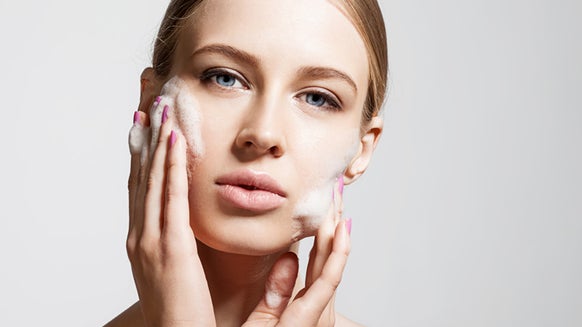Stem Cells in Skin Care: What They Do and How They Work
If you think light therapy is a high-tech way to heal your skin, wait until you hear about this trending skin care ingredient that’s going to sound incredibly brilliant: stem cells.
Dermatologists have turned to stem cells to fight wrinkles and improve skin turnover and overall appearance. Yep, you heard right. Stem cells, the same ones used in innovative medical research to treat Alzheimer’s and certain types of cancer, are now being sold over the counter in the form of creams, serums and other skin care products. Except there’s one major difference here: These stems cells are usually derived from plants (or occasionally animals). However, they work similarly to human stem cells and may offer anti-aging benefits for your skin.
What stem cells are and how they work
Human stem cells are unique because of their ability to divide. In certain organs, they can even become specialized to repair and replace damaged tissues. “Stem cells are rapidly dividing cells in the body that have the ability to give rise to more stems cells or become other types of cells with more specialized function,” explains Dr. Sejal Shah, board-certified dermatologist and RealSelf contributor in New York City. Plant stem cells serve similar functions, she says.
Both plant and human stem cells contain proteins and amino acids, adds Dr. Michele Green, board-certified dermatologist and RealSelf contributor in New York City. “These signal the body’s cells to rejuvenate and may result in younger-looking skin,” she says.
Why you’re seeing stem cells in your skin care products
As mentioned above, stem cells contain amino acids and peptides, which are skin care powerhouse ingredients for skin rejuvenation. “These are the building blocks for cell rejuvenation, so over the past few years, there have been a variety of both animal- and plant-based stem cells in skin care products,” explains Green. “Stem cells naturally have antioxidant properties and they nourish skin cells which promotes cell turnover and increases collagen production.”
This could result in fewer lines and wrinkles, improved skin texture and tone, and younger, better-looking skin, she says.
But keep in mind, it’s not actually living stem cells that you’re seeing in your face cream, Shah notes. “Most cell skin care products contain plant stem cells, and more specifically, stem cell extracts.” That’s not necessarily a bad thing, though. She says these extracts are often rich in antioxidants and may provide growth factors to help renew and repair the skin. “The extracts themselves can benefit the skin, but it's not accurate to think that part of this type of product will then become a new skin cell. Remember, plant cells cannot become human cells, and they are no longer living once they have been processed and added into skin care.”
Dr. Eve Lupenko, board-certified dermatologist at Greenberg Cosmetic Surgery in New York City, is starting to use treatments containing plant-derived stem cells in her practice. “The reason why we prefer to use plant stem cells is that you don’t have to worry about transmitting human and animal diseases,” she says. “We are seeing plant-based stem cells in skin care products these days because they repair the skin on a cellular level (a much deeper level). Most regular skin care products don't penetrate into those areas of the actual skin cells.”
What dermatologists think
The efficacy of stem cells in skin care depends on who you ask. Some dermatologists like Lupenko swear by them. “Stem cells have the potential to repair skin cells, and they also protect your skin from external factors and create a more youthful look,” she says. “They go into the skin’s cellular level, and they are able to deliver moisture and reparative agents to where they need to go.”
Others aren’t convinced about why exactly stem cells are suddenly buzzing in the skin care world. “They can be rich in antioxidants and often contain hydrators and moisturizers, so they can be good for the skin,” Shah says. “But do I think they are more effective than non-stem cell products? Not necessarily.”
Green sees the potential in using stem cells in conjunction with other treatments. “The products work, however, you can improve the benefits dramatically with other procedures such as the Fraxel laser, thermage, injectable fillers, botox and PRP, a mix of micro-needling with platelet-rich plasma.”
Choosing a stem cell–infused skin care product
If you’re interested in trying out stem cells, work with your dermatologist to determine which products would work best for your skin, recommends Lupenko. “It’s important to use them regularly if you’d like to see results,” she says.
And even though you might find some stem cell products derived from animals, Green recommends sticking with plant-based stem cells. “There’s more research in their efficacy,” she says.

From the latest hair and makeup trends to the best solutions for your skin issues, we've got all your beauty concerns covered!










